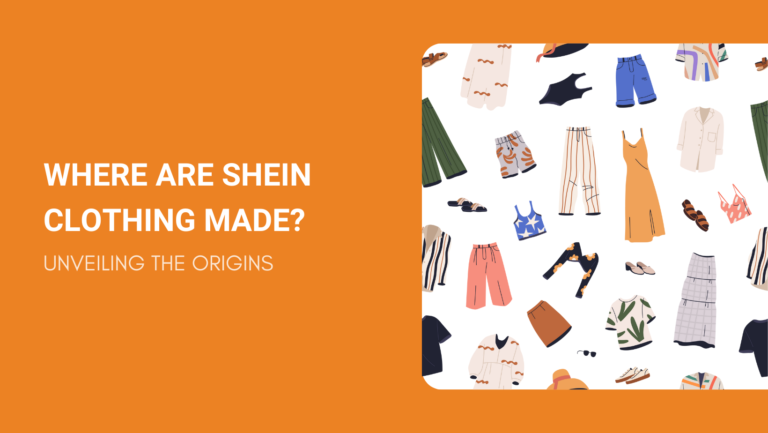Shein has taken the fashion world by storm with its trendy styles and budget-friendly prices.
But if you’ve ever wondered where Shein clothing is made, you’re not alone.
Many sellers and fashion entrepreneurs are curious about Shein’s manufacturing locations—not just out of interest, but to explore potential suppliers and learn from Shein’s success.
In this guide, we’ll dive into where Shein sources its products, the key manufacturing hubs involved, and what insights sellers can take from Shein’s sourcing and production model.
Whether you’re looking for suppliers or simply want to understand how Shein operates behind the scenes, this article covers everything you need to know. Let’s jump straight into it!
Shien’s Business Model: What Makes it Unique?
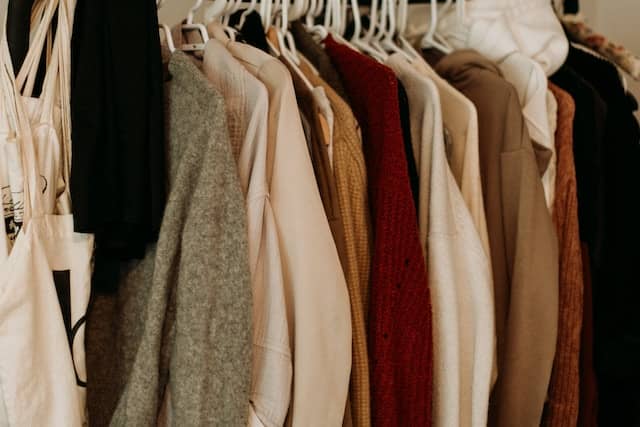
Shein has built an empire in the fast fashion industry by delivering trendy, budget-friendly clothing at an unmatched speed. Founded by Chris Xu in 2008, the brand has mastered a direct-to-consumer model that keeps costs low while offering a massive selection of styles.
At the heart of Shein’s success is its agile manufacturing and data-driven approach. Instead of following the traditional fashion calendar, Shein continuously updates its catalog with thousands of new designs, reacting instantly to emerging trends. This real-time production model allows them to test small batches before scaling successful items, reducing waste and inventory risks.
Another key factor is Shein’s supplier network, primarily based in Guangzhou, China. By working closely with factories and leveraging real-time data, Shein ensures a rapid design-to-market process.
They often launch new styles in as little as two weeks. This level of speed and flexibility is something clothing sellers can learn from, especially those looking to optimize their supply chain.

For sellers exploring Shein’s model, key takeaways include:
- On-demand production – Testing products in small batches before scaling.
- Close supplier relationships – Working directly with factories to streamline production.
- Data-driven decision-making – Using customer insights to guide inventory and design choices.
Shein’s fast-fashion model proves that efficiency and market responsiveness can be powerful tools in growing an e-commerce business. If you’re sourcing clothing, understanding these strategies can help you refine your own supply chain and stay ahead of trends.
Where Are Shein Factories Located?
Shein’s primary manufacturing operations are centered in the Panyu District of Guangzhou, often referred to as “Shein Village.”
This area is renowned for its extensive network of textile manufacturers, fabric suppliers, and small-scale factories specializing in fast fashion.
The close proximity of every part of the supply chain, from fabric suppliers to engineers who can quickly repair machines, allows Shein to maintain control over production quality and speed.
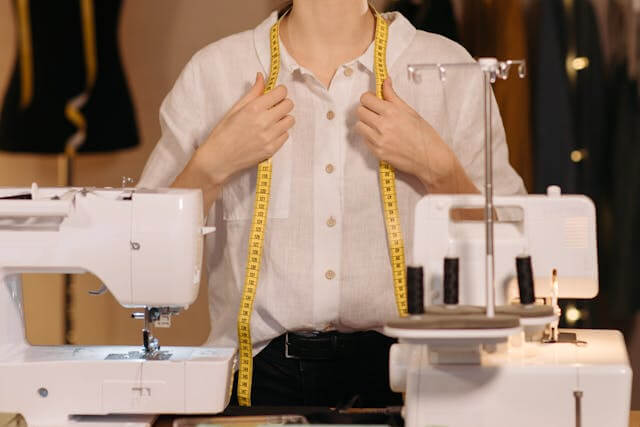
However, in response to criticism over its use of Chinese labor, Shein has been seeking to incorporate Turkish companies into its supply chain for its European operations.
This strategic move aims to diversify its manufacturing base and reduce reliance on Chinese suppliers.
By sourcing products from Turkey, Shein can potentially offer faster delivery times to European markets and address concerns regarding labor practices.
List of Shein Vendors and Manufacturers
Shein clothing is made in various manufacturing locations in China. As a seller looking for manufacturers for your business, Shein’s choice of manufacturers can serve as a great example.
Here’s a list of some major manufacturers that create Shein clothes:
1. Guangzhou District
Shein’s manufacturing hub is in the Panyu District of Guangzhou. It’s responsible for a large portion of its clothing production.
Key Features:
- Houses a team of 800 skilled designers and prototype makers.
- Enables the brand to control production quality.
2. Quanzhou Youfan Import and Export Trading Company
This manufacturer contributes shirts, t-shirts, dresses, one-pieces, and coats to Shein.
Key Features:
- Recently added to Shein’s list of manufacturers.
- Focus on a range of popular clothing items.
3. Quanzhou Zhoushang Trading Co.
Located in Quanzhou, this manufacturer is another key supplier for Shein.
Key Features:
- Contributes various clothing styles to Shein’s collection.
- Known for providing good-quality garments at affordable prices.
4. Zhejiang New Joys Trading Co.
A prominent manufacturer for Shein, providing stylish and trendy pieces.
Key Features:
- Offers a wide range of trendy garments.
- Ensures fashionable clothes at competitive prices.
5. Dongguan Wojieya Clothing Co.
Based in Dongguan, this manufacturer specializes in producing well-made activewear and gym clothes.
Key Features:
- Focus on sportswear and activewear garments.
- Produces high-quality athletic wear for Shein’s collection.
6. Quanzhou Yongchun Yuxin Trading Co.
Another Quanzhou-based manufacturer, which specializes in jumpsuits and co-ord sets.
Key Features:
- Expertise in producing jumpsuits, co-ord sets, and dresses.
- Ensures top-quality products for Shein’s customers.
7. Hangzhou Kuai Garment Factory
A manufacturer located in Hangzhou, providing stylish garments to Shein’s vast collection.
Key Features:
- Focuses on trendy clothes with excellent craftsmanship.
- Meets the demands of Shein’s continuously expanding product portfolio.
Apart from these major manufacturers, Shein also collaborates with thousands of smaller vendors and manufacturers in China to ensure they offer a vast and diverse collection of clothes to their customers.
Considering their choices might help you find the right manufacturers for your own business.
The Quality of Shein Products
When shopping for clothing, you might be attracted to the cheap prices offered by companies like Shein. However, it’s important to consider the quality of the products you’re buying as well.
In this section, we’ll discuss the quality of Shein products, so you can make an informed decision for your business.
Material Composition
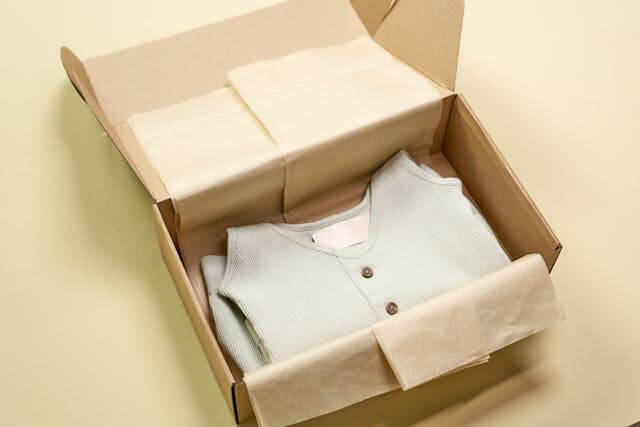
Most Shein products are made from synthetic fabrics like polyester, spandex, and rayon, which keep costs low while allowing for a wide variety of styles.
Polyester, in particular, is known for its durability and wrinkle resistance but lacks the breathability of natural fibers like cotton or silk.
This means that while some garments hold up well over time, others may feel less comfortable or develop static cling.
Manufacturing and Quality Control
Shein works with a vast network of third-party manufacturers and its own factory in Guangzhou to rapidly produce new designs. To maintain quality standards, the company has implemented testing protocols for:
- Durability – Checking tear strength, pilling resistance, and colorfastness.
- Chemical Safety – Ensuring compliance with international safety standards to prevent harmful substances like lead or formaldehyde in fabrics.
- Fit & Sizing Consistency – Testing samples to align with Shein’s size charts, though inconsistencies have been reported by customers.
Despite these efforts, the fast turnaround of Shein’s production model can sometimes lead to inconsistencies in stitching, fabric weight, and sizing, particularly when comparing different batches of the same item.
Customer Feedback on Shein’s Quality
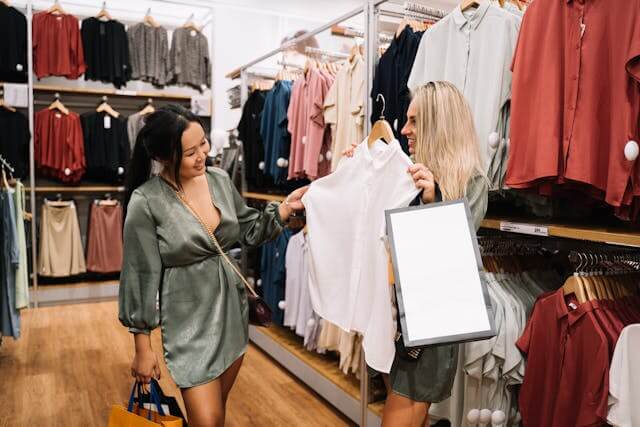
Customer opinions on Shein’s product quality are mixed. Many buyers appreciate the affordability and trendy styles, making it an attractive option for budget-conscious shoppers.
Some clothing items, especially structured pieces like jackets, tend to hold up well. However, others report inconsistencies in fabric thickness, stitching quality, and sizing between different products.
Shein’s fast production cycle means that quality can vary from batch to batch. Some customers receive well-made garments, while others find their items thinner or less durable than expected.
Sizing can also be unpredictable, as measurements differ across styles and suppliers. Additionally, long shipping times and occasional delays in fulfillment have been noted, which can impact overall customer satisfaction.
For sellers, the best approach is to test samples before placing bulk orders. This allows for firsthand evaluation of fabric quality, stitching, and fit, ensuring that the selected products meet expectations.
Why Are Shien’s Products So Cheap?
Shein’s ultra-low prices aren’t just luck—they result from a carefully optimized business model that focuses on cost efficiency at every stage. Let’s break down the key factors:
1. On-Demand Manufacturing
Unlike traditional fashion brands that produce in bulk, Shein operates on a real-time production model. It only manufactures items when there’s demand, reducing overproduction, keeping inventory costs low, and allowing Shein to test styles before scaling up successful designs.
2. Use of Low-Cost Materials

Many Shein garments are made from synthetic fabrics like polyester and spandex, which are more affordable than natural fibers like cotton, silk, or wool. While these materials help reduce costs, they may not always match the durability or breathability of high-end fabrics.
3. Direct Supplier Relationships
Shein cuts out middlemen by working directly with small and mid-sized manufacturers. This direct sourcing approach enables Shein to negotiate lower production costs while maintaining control over its supply chain.
4. Mass Production in Cost-Effective Regions
Most of Shein’s factories are located in China, particularly in Guangzhou, a major textile hub. Manufacturing in these regions keeps costs low due to cheaper labor and access to large-scale production facilities.
5. No Physical Retail Stores
Shein is a digital-first brand, meaning it avoids the high expenses associated with running brick-and-mortar stores. By selling exclusively online, the company reinvests savings into keeping prices competitive.
6. Digital-First Marketing Strategy
Shein relies on social media influencers, TikTok trends, and targeted digital ads instead of traditional, costly advertising methods. This strategy allows Shein to reach a massive global audience while keeping marketing expenses relatively low.
7. High-Volume, Low-Margin Model
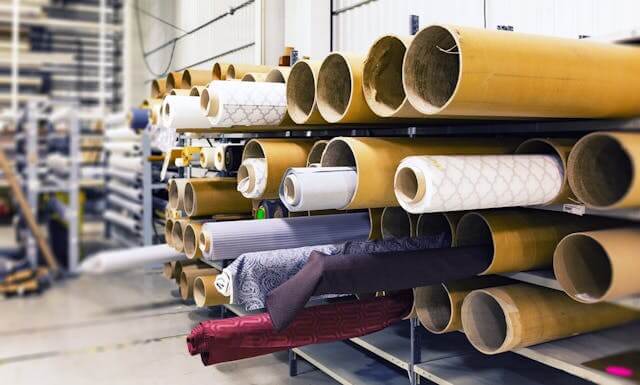
Shein follows a bulk sales strategy, meaning it makes a small profit per item but earns revenue through massive order volumes. This approach allows them to keep individual product prices low while maximizing overall sales.
Shein’s Worker Conditions and Tips for Ethical Sourcing
Shein’s rapid success in the fast fashion industry has also brought intense scrutiny over its labor practices.
Reports of poor working conditions in some supplier factories have led to public criticism and negative press.
As a seller, understanding these concerns can help you avoid similar backlash and build a more responsible business model.
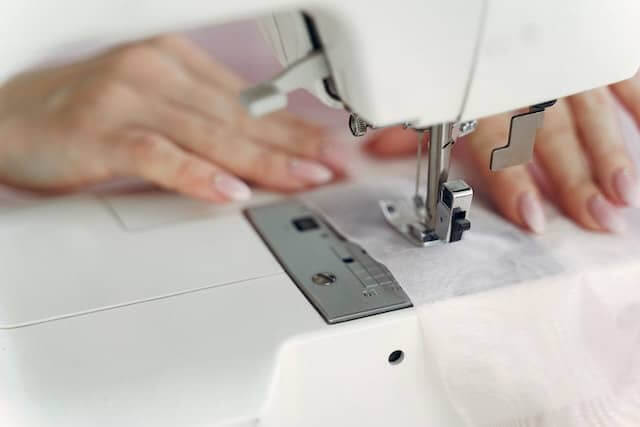
Lessons from Shein: How to Avoid Negative Comments on Worker Conditions
- Prioritize Transparency – A major issue Shein has faced is a lack of transparency regarding its supply chain. Customers today value ethical sourcing, so be upfront about where and how your products are made. If you work with manufacturers, request factory certifications like BSCI or WRAP to verify ethical labor practices.
- Vet Your Suppliers Carefully – Many fast fashion brands, including Shein, rely on third-party manufacturers, making it harder to control working conditions. To avoid potential backlash, conduct due diligence when selecting suppliers. Work with sourcing agents or manufacturers that provide clear documentation on wages, working hours, and safety standards.
- Avoid Over-Promising Sustainability Claims – Some brands face criticism for greenwashing—making vague or misleading claims about ethical practices. If you promote ethical sourcing, back it up with verifiable data, such as supplier audits, eco-friendly materials, or fair-trade partnerships.
- Communicate Proactively – Negative comments often stem from a lack of information. If customers raise concerns about worker conditions, address them transparently. Share details about your sourcing process, ethical efforts, or improvements you’re making. Avoid defensive responses; instead, acknowledge concerns and offer solutions.
- Consider Ethical and Sustainable Alternatives – If you’re sourcing products from manufacturers with mixed labor reputations, offering a selection of responsibly made alternatives can help balance your brand image. Consumers appreciate businesses that provide choices aligned with their values.
- Stay Updated on Industry Standards – The landscape of ethical sourcing is always evolving. Keep up with global labor rights regulations, supplier audits, and industry trends to ensure your business aligns with ethical expectations.
By learning from Shein’s experiences and being proactive about transparency, supplier selection, and communication, you can avoid negative feedback and build a brand that customers trust.
Reading List
- 15 Top-Tier Clothing Manufacturers for Startups
- 20 Best Wholesale Clothing Vendors for Your Business
- 18 Outstanding Private Label Clothing Manufacturers to Consider
- Sourcing Wholesale Clothing From China: 15 Top Suppliers Worth Considering
- 10 Best Canadian Clothing Wholesalers You Can Comfortably Work With in 2023
- The Ultimate List of Wholesale Clothing Vendors for Boutiques in 2023
- Top 23 Plus Size Clothing Wholesalers for Your Brand in 2023
Frequently Asked Questions
When Did Chris XU Start Shien?
Chris Xu founded Shein in 2008. Initially, the company started as SheInside, a small online retailer focused on selling wedding dresses. Over time, it expanded into a fast-fashion powerhouse, rebranded as Shein in 2015, and became one of the most dominant eCommerce fashion brands globally.
Why Are Clothes on Shein So Cheap?
Clothes on Shein are so cheap because the company is primarily based in China with its primary warehouse located there as well.
Most of their suppliers have lower costs for raw materials and labor, leading to lower prices for their products.
Additionally, Shein operates as an online retailer without any permanent physical stores, reducing overhead costs that other companies might have to consider.
Is It Safe to Buy from Shein?
Yes, it is generally safe to buy from Shein.
The company has a user-friendly website with an easy-to-navigate interface. They also offer return and exchange policies, along with secure payment options, ensuring that your transactions are secure.
However, keep in mind that, as with any online purchase, it’s essential to do your research and read reviews from other customers to ensure you’re making an informed decision.
Which Countries Have Shein Warehouses?
Shein has warehouses located in various countries, including China, India, Indonesia, Spain, and the United States.
This allows the company to ship products efficiently to its customers worldwide.
If you’re a seller, knowing where Shein ships from may be beneficial in determining your shipping strategy.
How Many New Styles Does Shein Push Out a Day?
Shein adds an estimated 2,000 to 10,000 new styles daily, thanks to its on-demand production model. This rapid turnover allows Shein to stay ahead of fashion trends and quickly adapt to customer preferences.
Unlike traditional fashion brands that release seasonal collections, Shein continuously updates its inventory, making it a go-to platform for shoppers looking for the latest trends.
Find Clothing Manufacturers in China with Niche
Shein, a popular online clothing retailer, primarily manufactures its clothes in China. The majority of their production comes from factories in Guangzhou and other smaller suppliers.
This is a common practice for many brands, as China offers cost-effective manufacturing solutions and access to skilled workers.
When looking to source clothing manufacturers for your business, one option is to consider China. There, you’ll find a wide range of suppliers who specialize in various types of apparel, just like Shein does.
Outsourcing your production to China can help your brand cut costs while maintaining high-quality products.
However, finding the right suppliers in China can be a challenge. That’s where sourcing agents like NicheSources come into play. We help small businesses like yours find and work with reliable clothing manufacturers that suit your specific needs.
A sourcing agent can provide valuable guidance as you navigate the Chinese manufacturing landscape. They’ll help you identify potential suppliers, negotiate prices, and ensure the quality of the goods you receive.
This can save you time and effort while providing a smooth experience in setting up your clothing production.
To get started on your journey to finding the perfect clothing manufacturer in China, request a free quote from NicheSources. We’ll provide the assistance you need to ensure your brand’s success.
